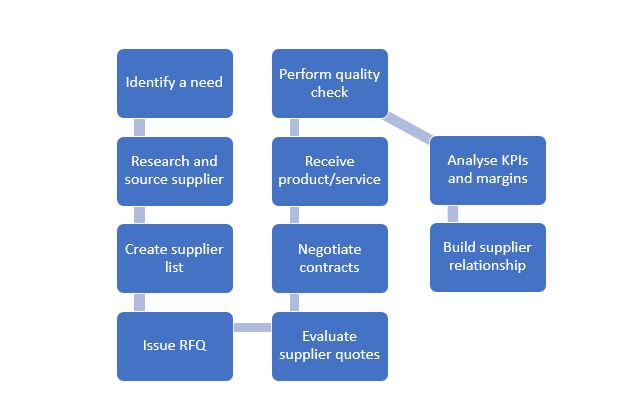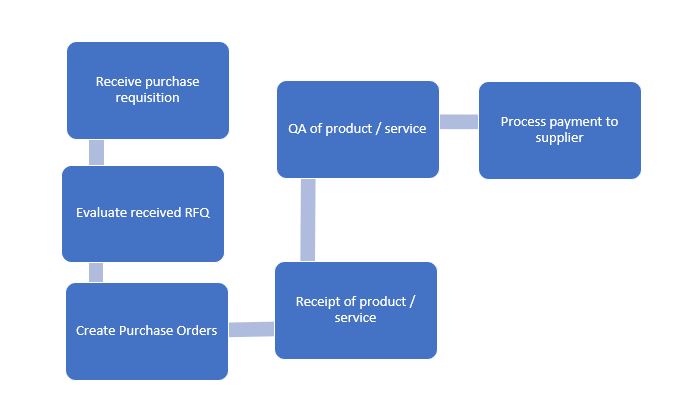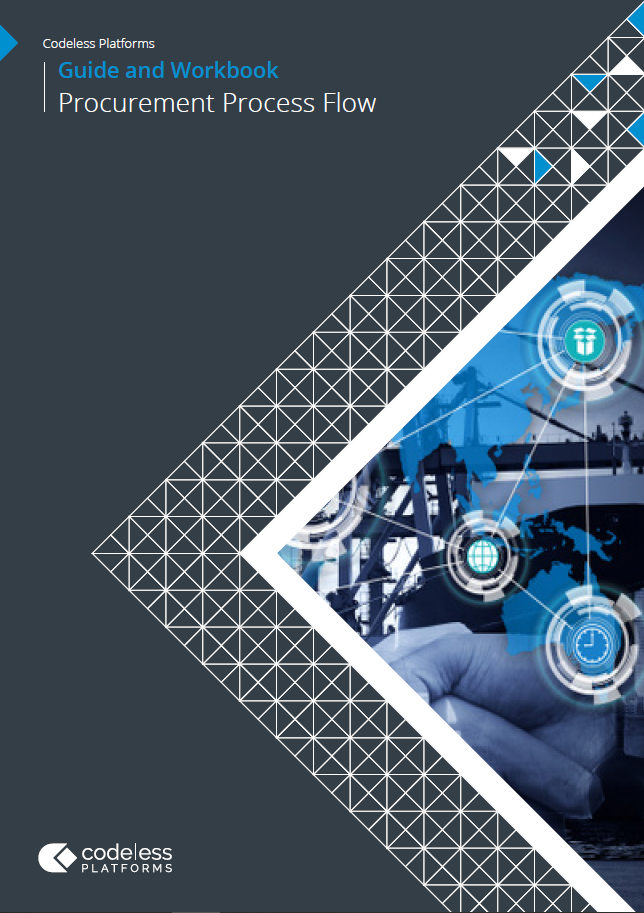The difference between procurement and purchasing
The difference between procurement and purchasing is that one is a strategic process and the other is a transactional function when sourcing and acquiring products and services. Procurement concentrates on the strategic process of product or service sourcing, for example researching, negotiation and planning, whilst the purchasing process focuses on how products and services are acquired and ordered, such as raising purchase orders and arranging payment.
Procurement and purchasing are two separate business processes that both relate to the sourcing and acquisition of goods and services and can often be seen as part of the procurement department.
Procurement Vs Purchasing
Despite procurement and purchasing tasks interchanging, they are separate functions in their own right. A brief overview of the difference between procurement and purchasing can be outlined as:
Procurement: Strategic process
- Identify needs and requirements
- Source and evaluate local, national or international supplier(s)
- Negotiate terms, conditions and contracts
- Build and manage supplier relationships
- Perform cost savings and profit margin analysis
Purchasing: Transactional activities
- Receive purchase requisitions
- Evaluate quotes from suppliers
- Raise and process purchase orders (PO)
- Receive goods/services and warehouse management
- Process and organise payment with supplier
What’s procurement?
The procurement process flow is the strategic process of sourcing a product or service. This includes identifying a specific product or service requirement and the steps on how a business finds new or existing suppliers, builds supplier relationships, measures cost savings, minimises risk and is predominately focused on value and return on investment.
A typical procurement process can involve the following steps:
- Identify a need
- Research and source relevant supplier(s)
- Create preferred supplier list
- Supply request for quotation (RFQ)
- Evaluate supplied quotes and suppliers
- Negotiate terms and contract with supplier(s)
- Arrange and receive product/service
- Perform quality check
- Analyse results, KPIs and margins
- Develop and maintain relationship with supplier(s)

Diagram: Procurement process example
What is purchasing?
The purchasing process is a sub-process of procurement and focuses on the transactional phase associated with buying products and services. Activities involved within the purchasing process include creating purchase orders and ordering products / services, or receiving products and arranging payment. The key focus of purchasing is being able to achieve short term goals that include quantity, costs and timing.
A typical purchasing process includes:
- Receive a purchase requisition
- Evaluate received RFQs
- Create and distribute purchase orders
- Receive products / services
- Quality Assurance of received product / service
- Arrange payment to suppliers

Diagram: Purchasing process example
Procurement and Purchasing Automation
As procurement and purchasing processes can interchange within a business, the acquisition of products and services can involve several decision makers, departments and a high level of paperwork. This can cause process bottle necks, slow down decision making and add complexity to the procurement process. To help maintain supplier management, and have an overview of negotiations and projects, many organisations utilise procurement software to hold and manage critical information.
Procurement automation can help procurement and purchasing professionals streamline the process of product and service acquisition by removing repetitive data entry, improving the approval workflow process and enhancing report generation. Automating key activities will help you to increase the visibility of important information and aid decision making. Automated procurement systems will enable employees to concentrate on core activities to add further value within the business such as procurement strategy and improve supplier relationships.
Typical procurement automation scenarios can include:
- Procurement software integration with accounting, ERP and WMS systems
- Automating RFQs when stock levels reach reorder points
- Automated stock reorder notifications via email or SMS
- Automatic creation and distribution of purchase orders
- Automated order confirmation emails
- EDI integration
For more information on the difference between procurement and purchasing, such as how to improve your purchasing process or to map your procurement process flow and identify areas that can be improved or automated, download the brochure below or call us on +44 (0)330 99 88 700.

